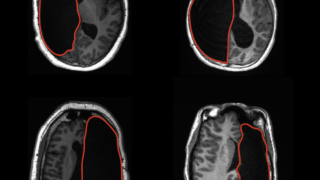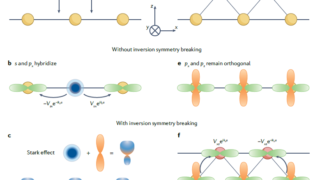
Our brains “time-stamp” the order of incoming sounds
Our brains “time-stamp” the order of incoming sounds, allowing us to correctly process the words that we hear, shows a new study by a team of psychology and linguistics researchers . “To understand speech, your brain needs to accurately interpret both the speech sounds’ identity and the order that they were uttered to correctly recognize […]








